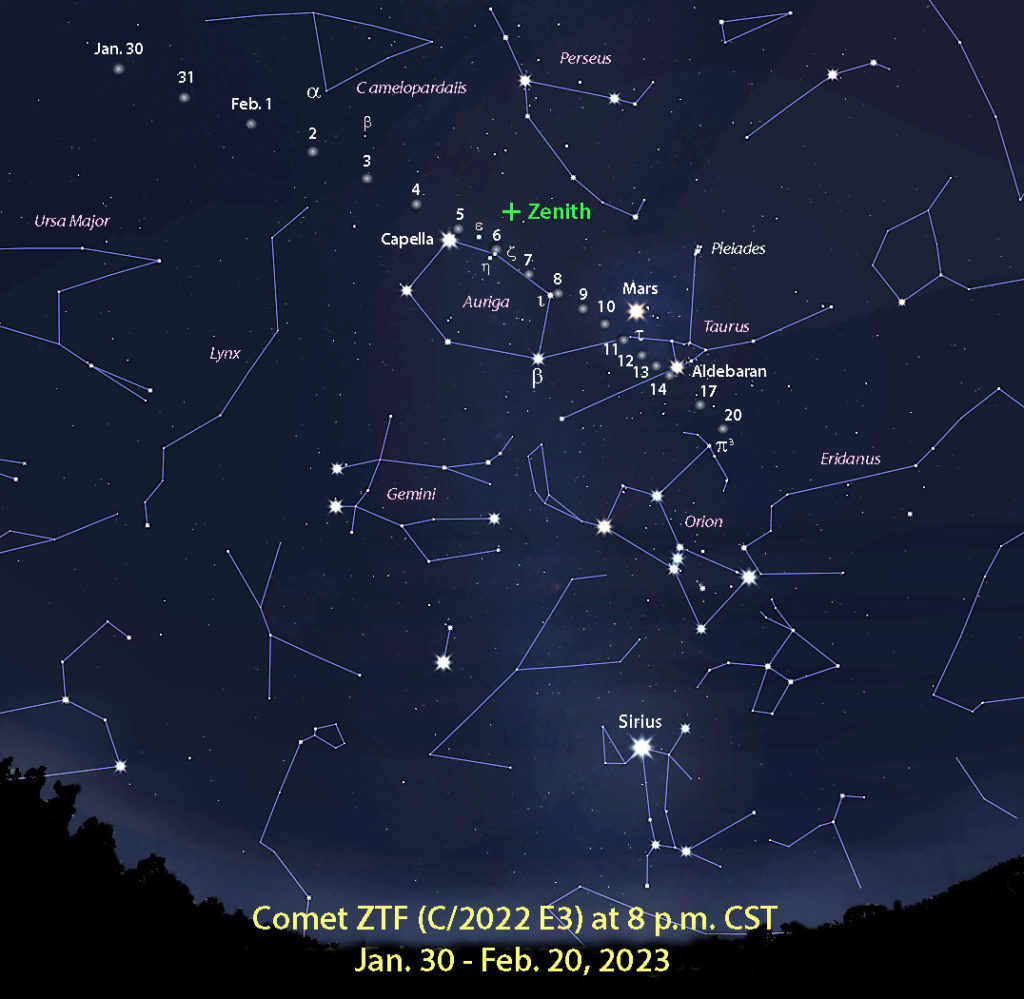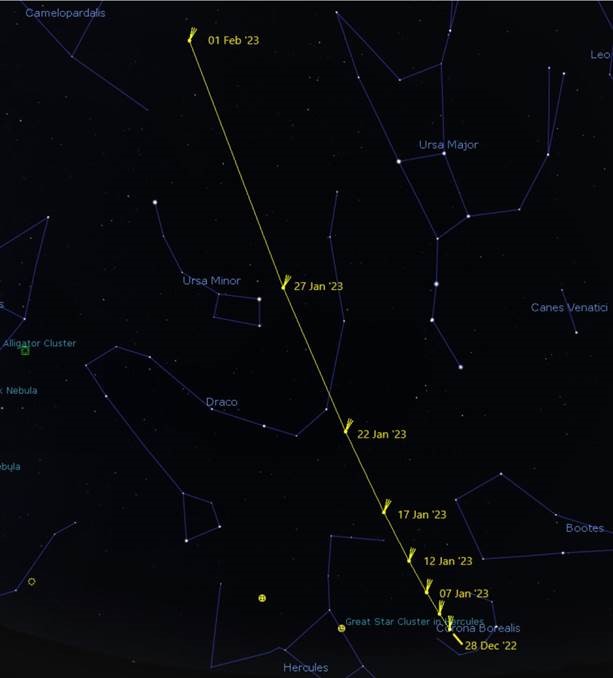The Executive Committee WG Professional-Amateur Relations in
Astronomy invites IAU members to register their projects at Pro-Am Research Collaboration (PARC) platform
The Pro-Am WG wants to connect professional and amateur astronomers with the aim of promoting research collaborations, delivering workshops, and promoting and facilitating the integration of professional astronomers within amateur societies.
With this goal in mind, the Pro-Am WG launched the IAU Pro-Am Research Collaboration (PARC), an initiative that promotes and facilitates professional-amateur research collaborations in astronomy.
PARC aims to enhance professional astronomy research capacity through collaboration with skilled and motivated amateur astronomers.
Throughout history, amateur astronomers have made significant discoveries and contributions to the field of professional astronomy. While many amateurs are observers using smaller optical telescopes to image the night sky directly with CCD detectors, others are engaged in making radio observations or designing and building their own instruments. Some amateur astronomers collect data on solar
eclipses and aurorae or are making astrometric and photometric observations of asteroids and comets and reporting them to the Minor Planet Center, while others are engaged in the precise timing of stellar occultations by bodies in our solar system. PARC will harness this knowledge base and interest from amateur astronomers to enhance the capacity for professional research.
There is an array of useful projects that demonstrate how Pro-Am collaborations can benefit researchers. Galaxy Cruise, from the National Observatory of Japan, and Gaia Vari from the European Space Agency demonstrate the power of amateur astronomers in processing and classifying large sets of data. Individuals can recognise patterns in ways computers can’t, and their efforts can save time and resources, expediting research processes. In some cases, amateur astronomers’ observations have led to the creation of new sets of data used by professional
astronomers. For decades amateurs have been observing variable stars and reporting data to the American Association of Variable Star Observers (AAVSO), and NASA uses amateur astronomers’ Jupiter telescopic images and data of Jupiter to inform the JUNOCAM mission.
Beyond the direct impact on researchers and amateur astronomers groups, the involvement of citizens in research collaborations can increase engagement with astronomy among educators, non�profit organisations, and industry, fomenting societal support for research activities.
The Pro-Am WG calls on all IAU members who have research projects that would benefit from collaboration with amateur astronomers to register their projects on the WG website. Each project will be reviewed by the Working Group prior to posting. Once in the PARC system, interested amateurs will be able to sign up to participate, and research teams will have the opportunity to review amateur candidates prior to engaging with them as part of the research project.
For more information, please contact Clementina Sasso at clementina.sasso@inaf.it
https://www.iau.org/science/scientific_bodies/working_groups/professional-amateur/
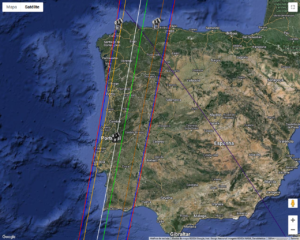
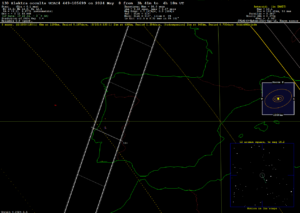
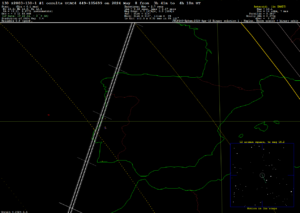
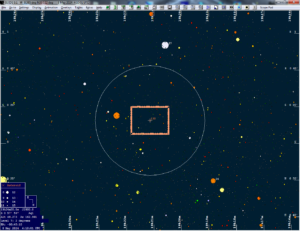
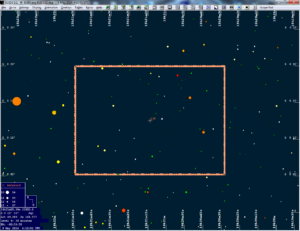 Boa dia a todos,
Boa dia a todos,


